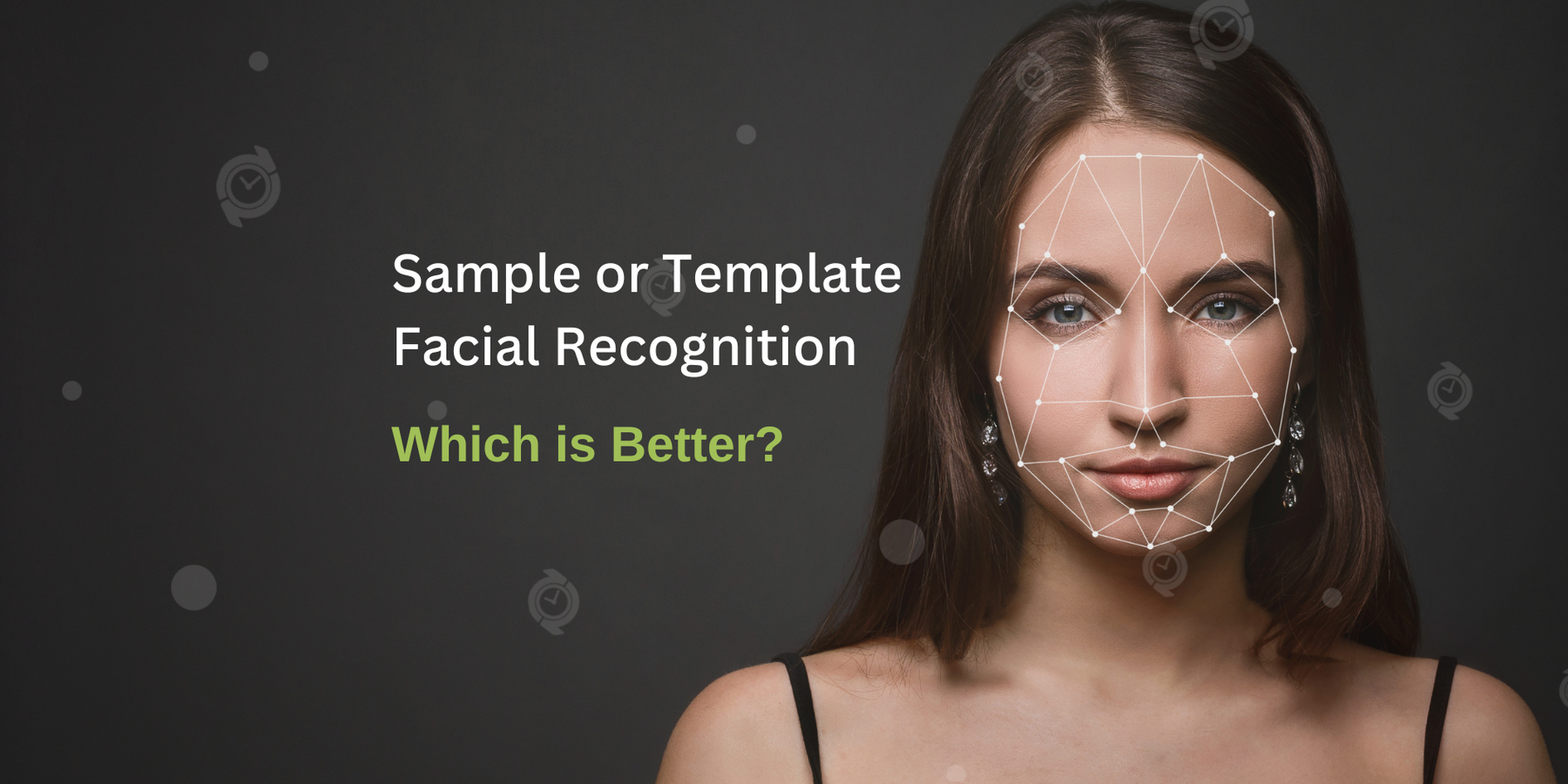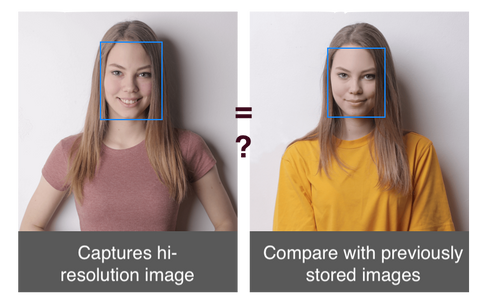
Sample or Template Facial Recognition - Which is Better?
In today's fast-paced world, businesses are constantly seeking ways to streamline their operations and enhance efficiency. Managing employee time and attendance is a critical aspect of workforce management. Traditional methods of timekeeping, such as punch cards and manual attendance registers, have given way to more sophisticated and accurate systems, one of which is facial recognition technology.
Facial recognition terminals have become increasingly popular in workplaces for employee time and attendance recording. These terminals offer two primary methods of recognition: sample recognition and template recognition. In this articale, we'll delve into the differences between these two technologies and explore how selecting the right one can significantly impact your workplace's time and attendance recording.
Recognition Methods
Understanding Sample Recognition
Sample (image) recognition is a widely used technology in various industries, including security and access control. In the context of facial recognition terminals, this method captures and analyses the entire facial sample image of an individual to verify their identity.
Here's how it works:
- Image Capture: When an employee approaches the terminal, a high-resolution sample image of their face is captured.
- Analysis: The system then analyses the facial features, such as the distance between the eyes, the shape of the nose, and the contours of the face.
- Image sample storage: Facial images are stored in a database as jpeg files.
- Comparison: This data is compared to a database of previously stored facial sample images to determine a match.
Understanding Template Recognition
Template (features) recognition, on the other hand, takes a different approach. Instead of analysing the entire facial image, it focuses on specific facial features to create a unique template or set of data points.
The process involves the following steps:
- Feature Extraction: Key facial features, such as the position of the eyes, the shape of the mouth, and the distance between various facial points, are extracted.
- Template Creation: Extracted features are converted into digital format, resulting in a mathematical template representation of key feature data points only.
- Template Storage: Template is stored locally on terminal and/or in remote database as a binary file.
- Matching: When an employee presents their face to the terminal, the system captures the same facial features and compares them to the stored template data for identification.

The Key Differences
Now that we understand the basic processes of sample and template recognition, let's explore the key differences between the two:
- Accuracy: Template recognition tends to be more accurate as it focuses on specific facial features, reducing the chances of false positives or false negatives.
- Security: Template recognition is often considered more secure because it doesn't store actual facial images, making it harder for potential breaches or misuse.
- Privacy: Image sample recognition may raise privacy concerns due to the storage of facial images, while template recognition is less intrusive as it only stores specific data points.
Choosing the Right Technology
The choice between sample and template recognition for your workplace's time and attendance recording largely depends on your specific needs and priorities:
- Security: If security is a top concern, template recognition is a better choice due to its higher accuracy and privacy features.
- Privacy: If your employees are concerned about privacy, template recognition offers a more privacy-friendly option.
- Support: People are human and sometimes registration quality isn’t ideal. With image registration you can clearly see the registration quality and surround environment. Whereas template registrations, there’s no visual feedback of feature quality.
- Choices: Great news, our latest BundyPlus workforce packages support both technologies.
Conclusion
In conclusion, the selection between sample and template recognition terminals for employee time and attendance recording should be driven by your organization's unique requirements. Both technologies offer significant benefits, but their differences in accuracy, security, support, and privacy make them suitable for different scenarios. To make an informed decision, consult with a trusted workforce management solutions provider like BundyPlus to ensure your choice aligns with your workforce strategy.
If you're interested in implementing recognition technology for your workplace's time and attendance recording, BundyPlus can help you make the right choice. Contact us today to schedule a workforce strategy meeting where we can discuss your specific needs and provide tailored recommendations for your organization. Let's take your workforce management to the next level with the power of recognition technology.

